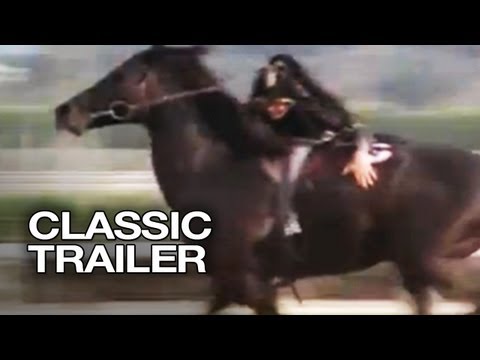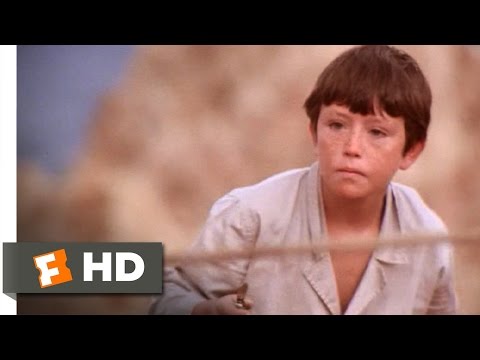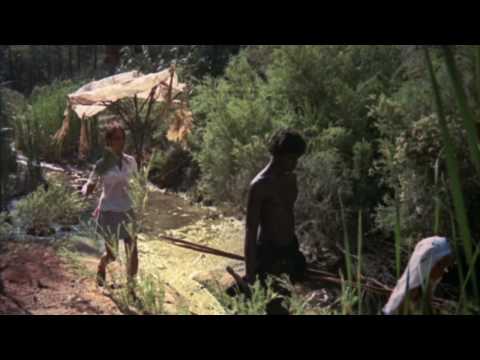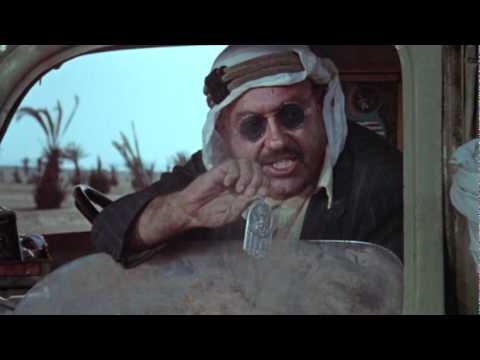Carroll Ballard’s “The Black Stallion” (1979) begins in a distinctly grown-up environment.
The titular stallion is under the watch of cruel, uncaring attendants. A boy watches the stallion and gives him a sugar cube, their friendship immediately established.
The setting is 1946 and young Alec Ramsey (Kelly Reno) is traveling on the ship with his father (Hoyt Axton), who we meet playing poker. Alec’s father dazzles his son with the tale of Bucephalus, Alexander the Great’s horse.
In the middle of the night, Alec and his father awake to the ship being on fire during a massive storm. While the ship sinks, Alec is able to the free the stallion. The next morning, Alec finds himself alone on a deserted island.
The only other companion is the stallion.

There is a purity to this kind of visual storytelling. Caleb Deschanel’s staggering cinematography, Ballard’s documentarian approach and the generous performances from the cast create a film devoid of cynicism or easy crowd-pleasing.
The victories of the characters are hard won and the inner life of both the boy and his stallion are complex. The boy carries the statue of Bucephalus as a totem that represents his inner strength and his lack of a father figure.
Reno has soulful eyes and never gives a forced, cute performance. We believe in the anguish and sadness that Alec carries. Axton, the late country singer turned character actor, is immensely likable (the role seems a precursor to the inventor/father he’d later play in “Gremlins”).
The first-act set piece of the boat sinking is terrifying. There’s almost no music, just sounds of the boat creaking, waves splashing and people screaming.
The intensity is jarring, as people are stomping everywhere, a man desperately tries to steal Alec’s life jacket and Alec struggles to save the stallion. This sequence is why I could never get through an entire HBO screening of “The Black Stallion” in my youth but was belatedly able to embrace it as an adult.

The second act is like “Cast Away” (2000), except Alec has no advantage. The story wisely takes its time to establish that rescue and survival are not inevitable.
The bonding that takes place between the boy and his stallion is a means of killing time and searching for food but not a guaranteed precursor to salvation.
The grown-ups Alec encounters are often cruel. The exception is his mother (Teri Garr) and especially Henry Dailey, the horse trainer played by Mickey Rooney.
Garr was a welcome presence who brings a different energy from the rest of the film. It’s a fitting touch as her character is just outside of the central story.
She has two wonderful scenes – the small, perfect bit where she thanks the stallion for saving her son and gives it a blanket, and her big scene with Reno, where Alec and his mother finally understand one another.
The latter is beautifully handled.
This was the first of the noted comeback projects for Rooney, a movie and stage star with a nine-decade-long career. He dominates the film’s second and third act.
Simply put, Rooney is magnificent. The scene where Dailey uses a pile of hay to teach Alec how to ride a horse at a fast speed might be the best acting moment of his career.
As a film about a child or children raising and caring for an animal, it doesn’t get any better than this. It will sound silly, but I’ll call “The Black Stallion” the “Citizen Kane” of equestrian films.
That’s exactly what it is.
Ballard’s film has a patient sense of discovery, reminding me not of the feel-good formula of “National Velvet” (1944) but a true adventure film like “Walkabout” (1971).

Ballard’s film is sweet but never cute. It’s exciting without seeming manipulative or condescending. There are no corny reaction shots, no jokes about horse droppings and it’s better than any Disney animal drama (yes, even “Old Yeller”).
Ballard later made “Never Cry Wolf” (1983), “Wind” (1992) and “Fly Away Home” (1996), all stunning and gritty works about people immersing themselves in nature.
In the years since “The Black Stallion,” everything from “Seabiscuit” (2003) “Dreamer” (2005) and “Secretariat” (2010) have arrived. All may be heartwarming and well produced, but they haven’t come close to matching or surpassing “The Black Stallion.”
The one film that especially merits discussion is “The Black Stallion Returns” (1983), that was directed by Robert Dalva, the accomplished editor of “Raising Cain” (1992), “Jumanji” (1995) and “Captain America: The First Avenger” (2011).
He also edited “The Black Stallion,” and “Returns” is the only film he ever directed.

The sequel gets off to a rough start, as the stallion is stolen, Garr makes the briefest of cameo appearances and Alec is off to Morocco to rescue the horse.
Since the first and second act are Alec traveling through the desert in search of his friend, much of the film is a literal slow march. Once it gets to the third act, two elements almost salvage the film.
One is the rapturous, magical score from Georges Delerue, and the other is the grand finale. It’s a thrilling horse race on a massive scale. The sequence is almost enough to make the audience forget how overwritten and underwhelming the first hour is.
I’ll conclude with one of my favorite stories about “The Black Stallion” producer Francis Ford Coppola, which I’m told is true but sounds made up.
Coppola would have all the filmmakers at his Zoetrope studio share a theater and watch each other’s dailies (the assembly of shots acquired from a day of filming).
Coppola’s assembly of dailies came first, and it was brutal: it was a montage of shots from “Apocalypse Now” (1979), with flubbed lines, a helicopter missing its mark and the director heard yelling, “Cut! Cut!”
Next was Ballard’s dailies from filming “The Black Stallion.” On the massive screen was Reno, running alongside his stallion, barefoot on the beach, waves crashing, while a rainbow graced the sky.
Coppola suddenly stood up in the theater and asked Ballard, “How did you do that?!” Ballard humbly explained that a light rain had occurred, and he knew that a rainbow would likely form if they were lucky. Coppola again asks, “How did you DO THAT?!”
Even the director of “The Godfather” was astonished.
The post ‘Black Stallion’ Remains the ‘Citizen Kane’ of Equestrian Films appeared first on Hollywood in Toto.
0 Comments